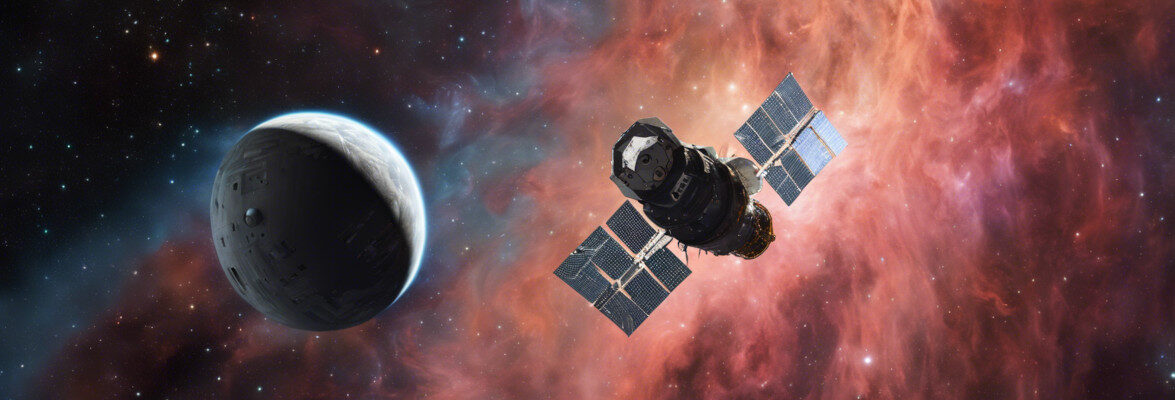
A few hours ago, the Sentinel-1C satellite, part of the Copernicus / GMES, was launched from the Kourou spaceport, in French Guiana, atop a Vega-C rocket. After about 1 hour and 44 minutes, the satellite regularly separated from the rocket’s last stage and started sending signals. Its final orbit in low Earth orbit will be at an altitude of about 693 kilometers.
The Sentinel-1C satellite replaces Sentinel-1B, launched on April 25, 2016, a mission that was declared to be over on August 3, 2022, due to a failure that prevented it from continuing its observations. Sentinel-1C will form a pair with the old Sentinel-1A satellite, launched on April 3, 2014.
The Sentinel-1 satellites are part of the program originally called Global Monitoring for Environment and Security (GMES) and later Copernicus, which aims to create an autonomous system for monitoring the territory through a constellation of satellites that have different functions.
Having two Sentinel-1 satellites in orbit is important to have better coverage of the territory. They’re equipped with an advanced instrument called SAR (Synthetic aperture radar) that allows them to obtain images of the areas they’re flying over continuously, day and night, and in all weather conditions.
The new Sentinel-1C satellite is equipped with the Automatic Identification System (AIS) instrument as well, which is intended to help ships avoid collisions, especially when they’re far from land-based radar systems. This instrument integrates with the automatic identification system introduced years ago to assist the guidance of ships and the maritime authorities who monitor them.
The Sentinel-1 series satellites are used to monitor the environment in normal conditions, if rising sea levels and shrinking glaciers can be considered normal. Over the years, they have also provided a great deal of imagery of areas where there were earthquakes and floods. This information is very useful in managing rescue operations and interventions to make buildings safe in the affected areas.
For ESA, the launch of the Sentinel-1C satellite was a double success, as it marked the return to regular operation of the Vega-C launcher rocket after its failure in December 2022. The launch of several satellites in October 2023 wasn’t entirely successful, with two of them lost due to a failed separation from the deployment system. Last night, everything went well, and the launches of Sentinel-1D and other Copernicus Sentinel satellites are scheduled for next year.


